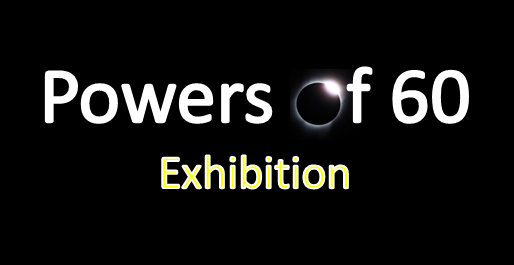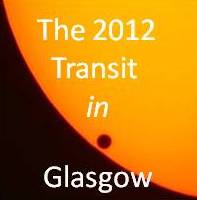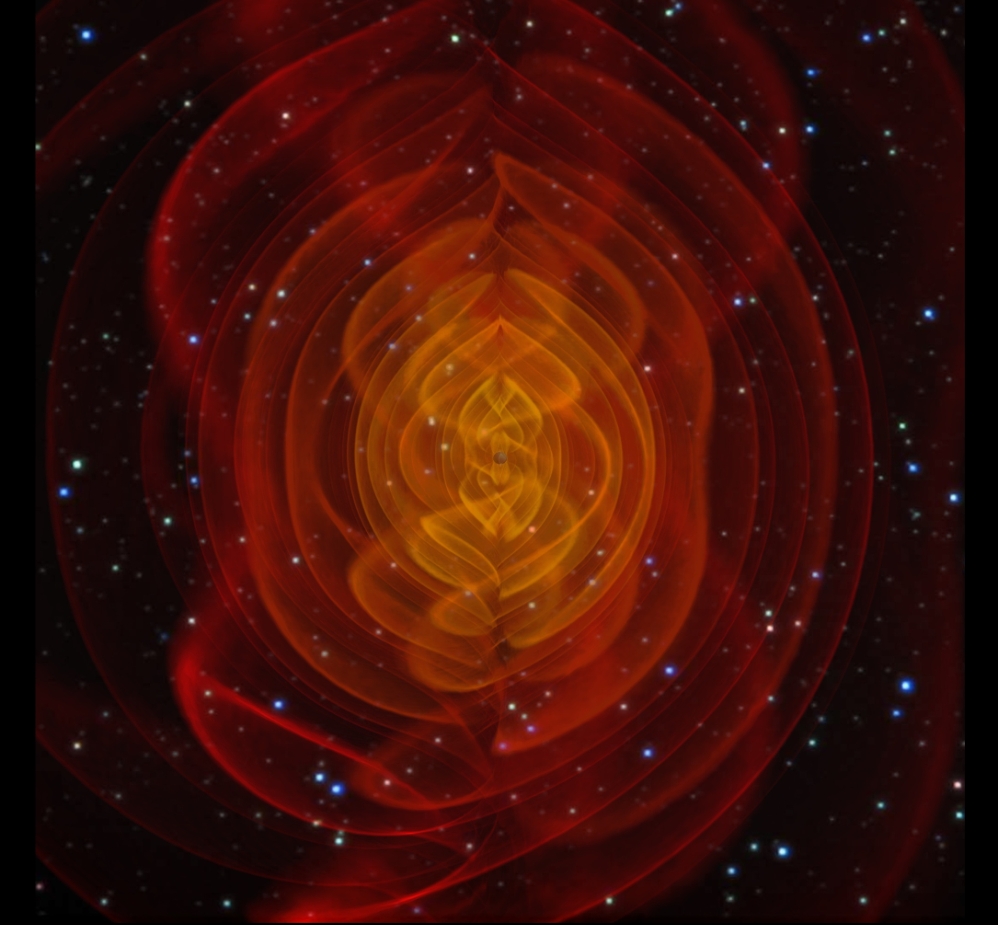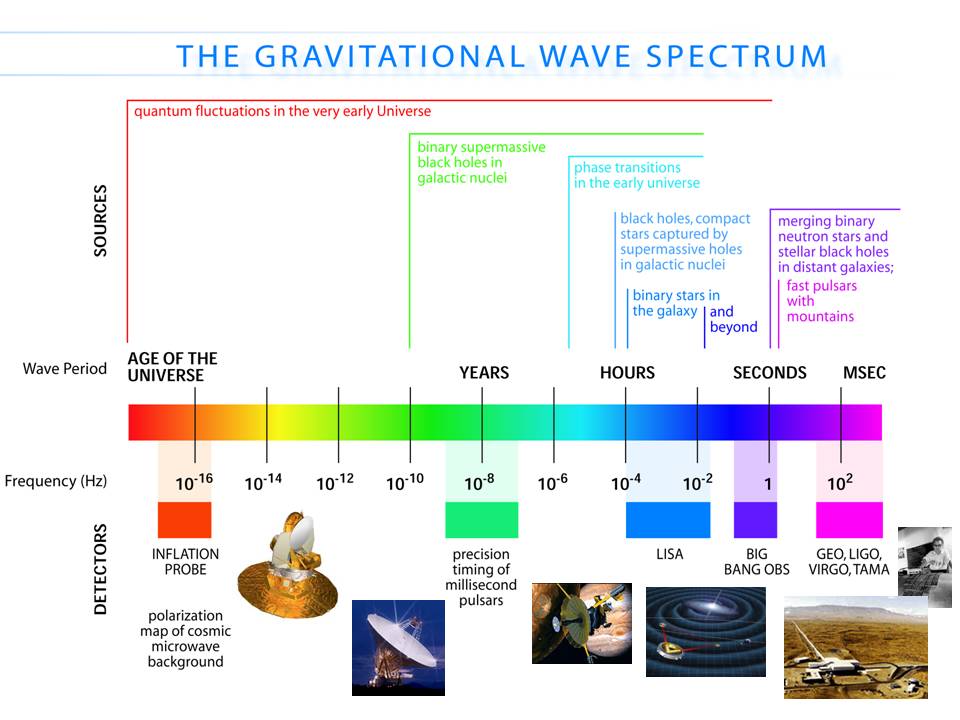Opening a new window on the Cosmos
In the years and decades to come astronomers will build bigger and more powerful telescopes, like the European Extremely Large Telescope and the Square Kilometre Array, to better explore the cosmos across the entire electromagnetic spectrum. Even more exciting, we will soon open a completely new window on the Universe: gravitational-wave astronomy.
Gravitational waves, the "ripples" in space and time predicted by Einstein's general theory of relativity, are produced in violent cosmic events: exploding stars, colliding black holes, even the Big Bang itself. Shown above is a supercomputer simulation of the gravitational waves produced by the collision of two black holes.
Scientists from the University of Glasgow play a leading role in the worldwide efforts to detect gravitational waves from the cosmos, using giant laser interferometers to probe the tiny changes in the curvature of space as a gravitational wave passes the Earth.
Although the construction and operation of these laser interferometers represents an enormous scientific and technological challenge, the first direct detections of gravitational waves are expected to be made within just a few years. What will this new quest discover? Watch this space!
Main image credit: Chris Henze, NASA Advanced Supercomputing Division, NASA Ames Research Center









